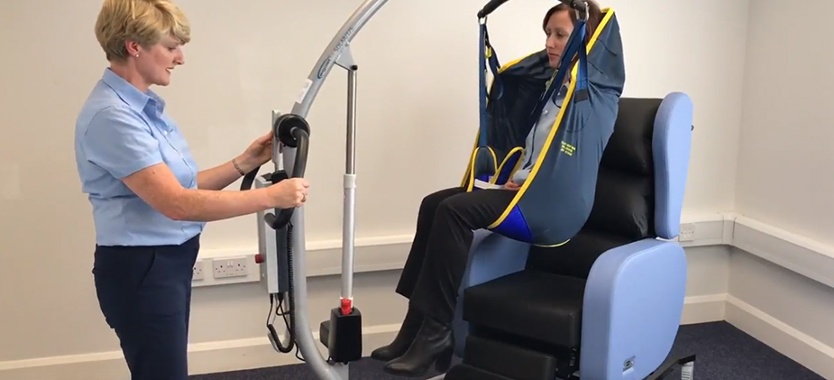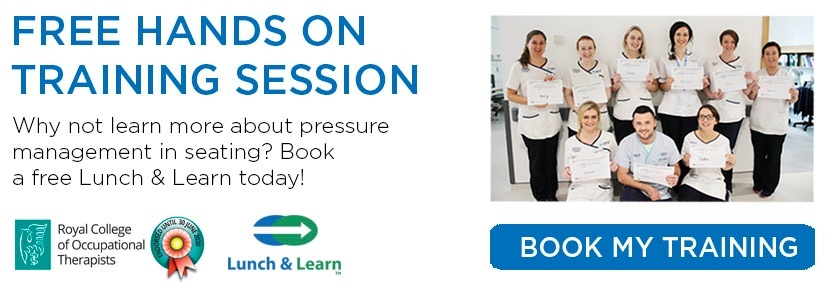
If you’re a regular visitor here, you probably already know that I worked in the field for many years prior to starting Seating Matters, so not only did I myself experience frustrations with the available seating options, I would discuss these OT pain points (pun intended) with my colleagues and peers.
Some of our more frequent complaints revolved around seat adjustments being too complicated, chairs that were far too heavy or difficult to steer. But the real challenge that stood out amongst OTs, PTs, caregivers and family members is performing safe and efficient patient transfers from the chair to bed, bath, chair, etc.
With this in mind, I made it my mission to design our therapeutic chairs to make transfers simpler, safer, and less time consuming. Transfers are uncomfortable for a variety of reasons, and I wanted to create a better experience for everyone involved.
Considerations for Safe Patient Transfers
When discussing transfers, we usually focus on three main types: side, stand or hoist transfers. In each type of transfer the following should be considered:
-
Safety of patient during transfer.
-
Comfort and dignity of patient during transfer.
-
Manual handling risk to patient and caregiver during transfer.
-
The height of both surfaces which the patient is transferring to and from.
Side Transfers / Sliding Board Transfers
Patients who use a wheelchair might be able to side transfer with the use of a sliding board or with assistance from a caregiver.
Typically patients will need to move from their wheelchair to a more comfortable chair, or bed. This can be a difficult process if the chair has not been designed sympathetically with such transfers in mind.
Stand Transfers
Suitable for clients who still have the ability to bear weight and take weight through both feet evenly. This type of transfer is suitable for those with a moderate level of independence that just need some assistance.
Hoist Transfers / Patient Lift Transfers / Sling Transfers
This type of transfer is for immobile patients. In this case a hoist or lift is the sole option to safely move patients from place to place.
In this circumstance, there are two ways in which a person can be hoisted:
Just be sure that the wheels of the lift device fit underneath the chair in which the patient is being transferred to. Sometimes being able to tilt the chair slightly can help position the patient in the chair. Any slings should be removed from under the patient so that the weight of their body can be distributed through the chair adequately. I had the pleasure of working with Aideen Gallagher OT from Risk Managed on producing a series of transfer videos demonstrating all three types of transfers. Please watch the first in our series below, where we focus on side transfers.
Chair Features That Help Simplify Transfers
Removable Arms
Seating Matters Phoenix and Sorrento chairs feature removable arms. They can be removed in seconds, without the use of tools. This prevents large chair arms from hindering a transfer. Simply locate and loosen the thumb screws on the front and back of each chair arm. Slowly pull the arm out of its socket and ensure the loose arm is left in a safe place to avoid tripping.
Drop Down Arms
For those with a good degree of independence that can transfer laterally, drop down arms are an excellent option – one that can be adjusted by the chair user themselves.
Learn How To Transfer Patients One-On-One With A Trained Seating Specialist! Click Here.
** This post was originally published on http://blog.seatingmatters.com/how-to-do-a-side-transfer


